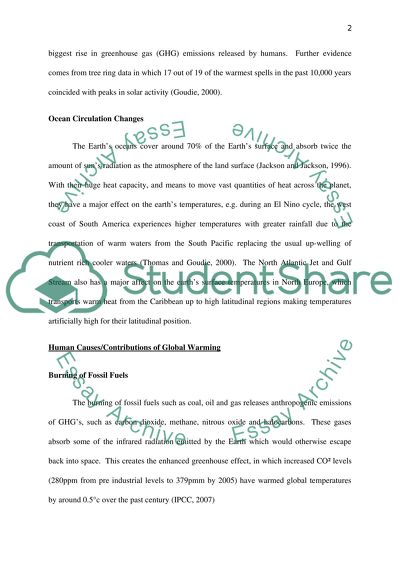Cite this document
(“Mitigation Strategies and Solutions Essay Example | Topics and Well Written Essays - 1750 words”, n.d.)
Retrieved from https://studentshare.org/environmental-studies/1420936-mitigation-strategies-and-solutions
Retrieved from https://studentshare.org/environmental-studies/1420936-mitigation-strategies-and-solutions
(Mitigation Strategies and Solutions Essay Example | Topics and Well Written Essays - 1750 Words)
https://studentshare.org/environmental-studies/1420936-mitigation-strategies-and-solutions.
https://studentshare.org/environmental-studies/1420936-mitigation-strategies-and-solutions.
“Mitigation Strategies and Solutions Essay Example | Topics and Well Written Essays - 1750 Words”, n.d. https://studentshare.org/environmental-studies/1420936-mitigation-strategies-and-solutions.


